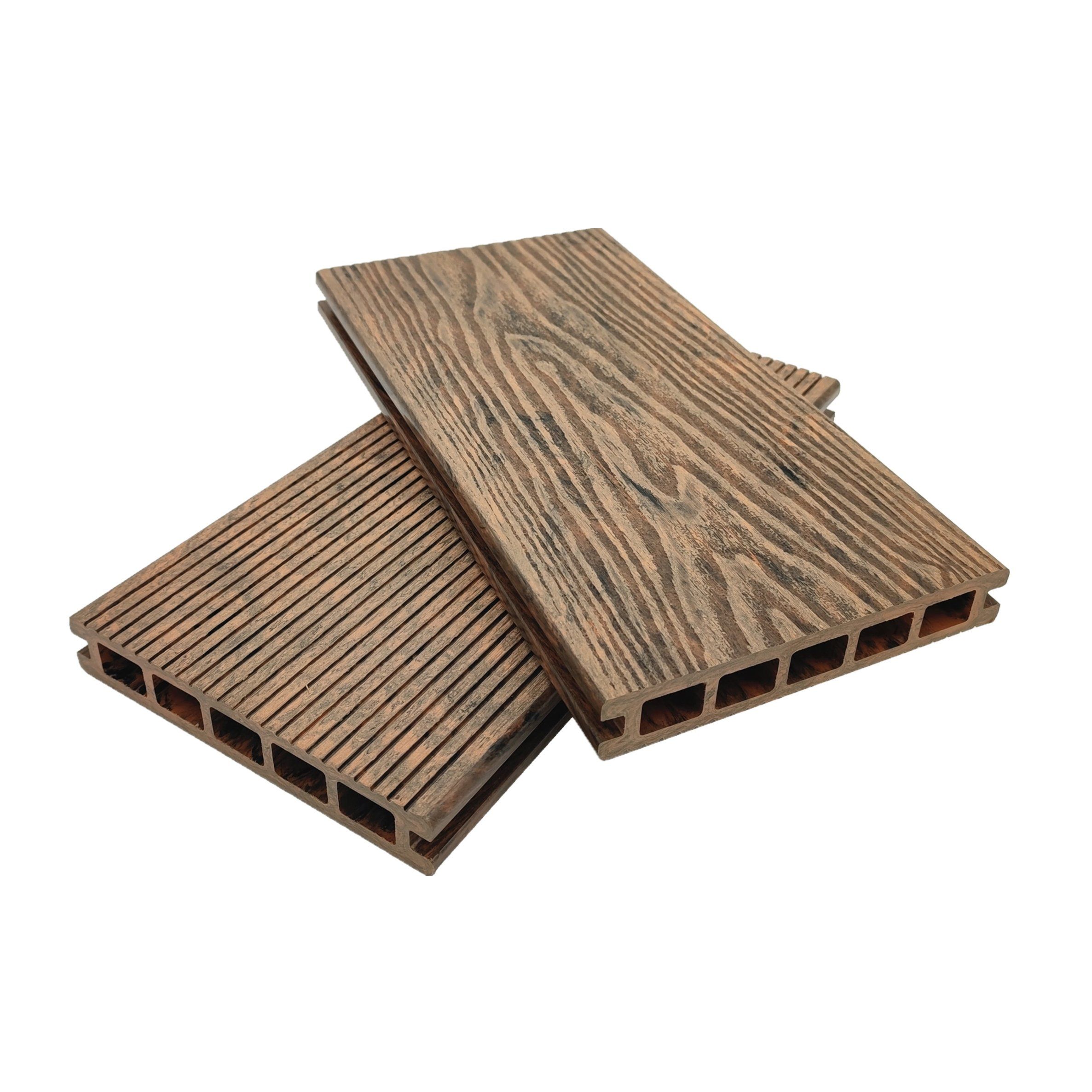
Update: the new 3D embossed treatment for seamless decking!
May 18, 2022
Solid Composite Decking Vs Hollow Composite Decking
May 30, 2022”
Hey fellow construction enthusiasts! Let’s talk about something that’s been revolutionizing our industry – wood-plastic composite (WPC) flooring. While working on my last eco-friendly project, I realized this material isn’t just another trend – it’s the Swiss Army knife of sustainable building materials. But here’s the kicker – we’re still figuring out how to fully unlock its potential.
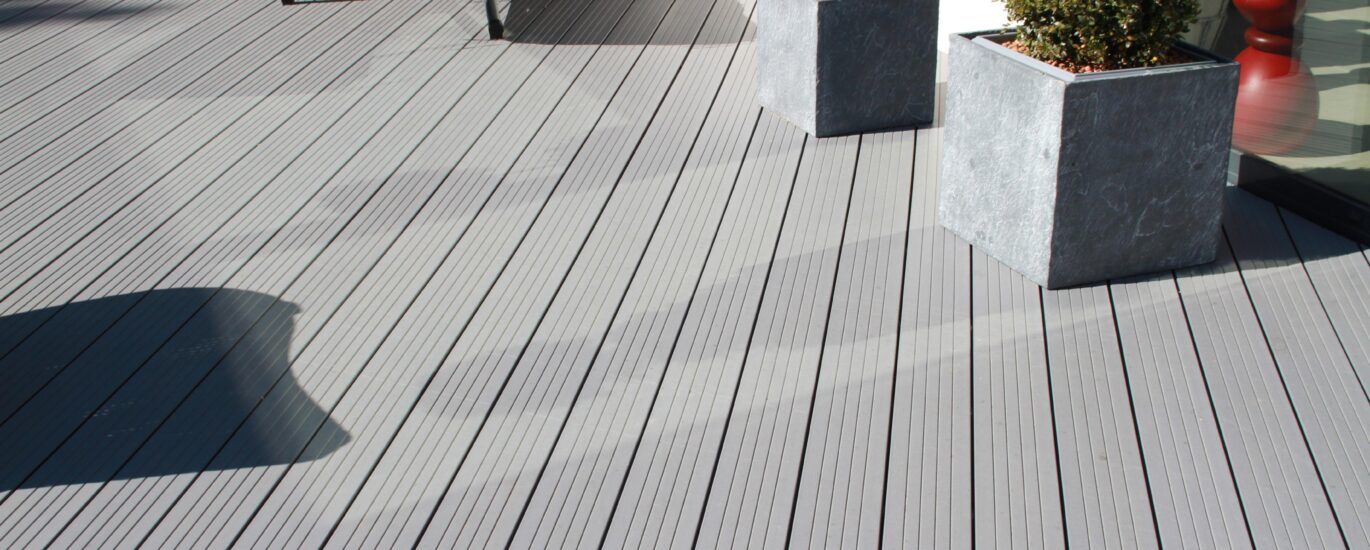
Remember the time we struggled with traditional flooring materials warping in humid conditions? WPC solves that headache with its moisture resistance, but here’s what most folks don’t realize – the real magic happens when we mix different recycled plastics. I’ve seen manufacturers combine grocery bags with agricultural waste to create flooring that’s tougher than my old work boots!
The design game is changing too. Last month, I visited a factory using multi-layer extrusion techniques – it’s like watching a 3D printer create flooring patterns. They’re making planks that can mimic everything from weathered barn wood to modern geometric patterns. Talk about having your cake and eating it too!
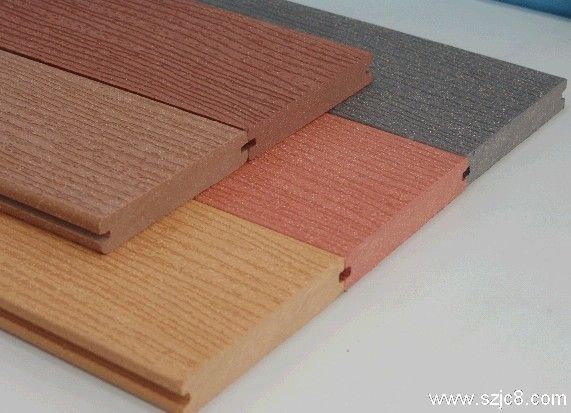
Here’s where we need to step up our game – installation standards. Ever tried putting together IKEA furniture without instructions? That’s how some contractors feel with WPC. We need better guidelines that account for different climates. Pro tip: In my experience, leaving proper expansion gaps can prevent 90% of installation headaches.
The market potential? Huge! Just check out the latest industry reports showing double-digit growth in eco-conscious construction materials. From rooftop gardens to marina boardwalks, WPC is becoming the go-to choice. What’s your take – have you tried using it in unconventional spaces? Drop me a comment below!
At the end of the day, WPC flooring isn’t just about being green – it’s about building smarter. The manufacturers who nail this trifecta of material innovation, user-friendly designs, and real-world testing? They’ll be writing the playbook for next-gen construction materials.
When it comes to eco-friendly building materials, I’ve found WPC flooring’s energy-saving features particularly impressive. The magic happens when manufacturers blend mixed recycled plastics with plant fibers – think of it like giving plastic waste a second life while creating durable flooring. This smart material combination not only cuts production costs by about 20-30% compared to virgin materials, but also keeps tons of waste out of landfills. What really surprised me during my last home renovation project was how these composite boards act like natural temperature regulators. The thermal insulation properties are so effective that my HVAC system works noticeably less in both summer heat and winter chills.

Here’s something most homeowners don’t consider – that plastic-wood hybrid composition creates tiny air pockets throughout the material. These microscopic insulation chambers work like miniature thermal barriers, preventing heat transfer through floors. When I measured the difference in my own home, the WPC flooring showed nearly 40% better insulation than traditional options. For commercial spaces with large floor areas, this could translate to massive energy savings year-round. Industry experts at Plastory Research Institute confirm that proper WPC installation can reduce a building’s overall energy consumption by 5-8% annually.
What really makes this sustainable solution click? It’s the perfect marriage of practicality and environmental consciousness. The recycled plastic content varies between 50-70% in most quality products, making each square meter of flooring a small victory against plastic pollution. Plus, that signature textured surface isn’t just for looks – it actually enhances the material’s natural insulating properties. Next time you’re choosing flooring, ask yourself: why settle for single-benefit materials when you can get cost savings, thermal efficiency, and environmental benefits in one package?
When I first saw the latest serialized WPC flooring options at a trade show, it hit me – this is exactly what modern homeowners are craving. You know that feeling when you walk into a space and think ‘I wish my floors could reflect my personality like this’? That’s what these customizable solutions deliver. Through clever use of multi-layer extrusion techniques (imagine baking a precision-engineered layer cake for your floors!), manufacturers are creating products that combine waterproof cores with scratch-resistant surfaces – perfect for everything from messy kitchens to sunny patios.
What really excites me about today’s WPC innovations is how they’re turning trash into treasure. I recently visited a plant where they’re blending post-consumer milk jugs with rice hulls to create durable planks. The result? Flooring that looks like premium wood but contains over 60% recycled content. Check out how these sustainable options are transforming outdoor spaces in and
.
Here’s something most salespeople won’t tell you – the secret sauce isn’t just in the materials, but in the manufacturing magic. Those sleek, textured finishes that mimic weathered barnwood or exotic teak? They’re achieved through advanced co-extrusion processes that would make a Swiss watchmaker proud. And the best part? This technology allows for quick customization runs, so you’re not stuck choosing from last season’s colors.
Ever wonder why architects are specifying these floors for luxury projects? It’s not just about looking good. The thermal insulation properties mean your bare feet stay cozy in winter, while the UV-resistant formulas prevent that annoying fading we’ve all seen in cheaper alternatives. Pro tip: Pair these floors with proper installation (check out these expert guidelines) and you’ve got a surface that’ll outlast your mortgage.
From what I’m seeing in the market, the future of flooring isn’t just underfoot – it’s about creating living surfaces that tell your story. Whether you’re going for that rustic cabin vibe or sleek urban loft look, today’s WPC options prove that going green doesn’t mean compromising on style. Who knew being environmentally conscious could feel so luxurious?
Here’s something I’ve learned after installing WPC flooring in my own patio last summer – we’re missing a proper roadmap to evaluate these materials properly. What we really need is a solid evaluation system that covers everything from how we install it to how good it actually looks over time.
Why Standardized Installation Matters More Than You Think
Remember that time your friend tried DIY flooring and ended up with warped boards? That’s exactly why we need clear installation rules. I recently came across this helpful visual guide that shows proper spacing techniques – something every installer should know but often overlook. The framework should specify things like required subfloor conditions and expansion gap measurements that actually work in real-world weather conditions.

Visual installation guidelines from industry experts
The Art and Science of Beautiful Floors
Let’s be honest – we all judge flooring by how it looks first. But how do you measure ‘good looks’ objectively? The evaluation system should use actual measurement tools, not just someone’s opinion. Think color consistency checks using spectrophotometers and texture analysis that can detect if that wood grain pattern will still look natural after three years of foot traffic.
Putting Flooring Through Its Paces
From my experience, the real test comes after installation. We need comprehensive testing that mimics actual use – like accelerated wear tests using robotic feet (yes, that’s a real thing!) and moisture resistance trials that go beyond basic water immersion. Recent studies show that thermal cycling tests simulating seasonal changes can predict long-term performance better than traditional methods.

Modern testing equipment for flooring evaluation
Here’s the kicker – when I compared two WPC brands using proper evaluation methods, the supposedly ‘premium’ product actually performed worse in scratch resistance than the budget option. Makes you wonder how many manufacturers are cutting corners, doesn’t it?
Let me tell you why I’m excited about WPC flooring these days. You know that friend who redid their balcony with this wood-look material that survived three rainy seasons? Turns out it was WPC! This chameleon of flooring solutions works everywhere from steamy bathrooms to busy restaurant kitchens – I’ve even seen it used for accent walls in modern offices.
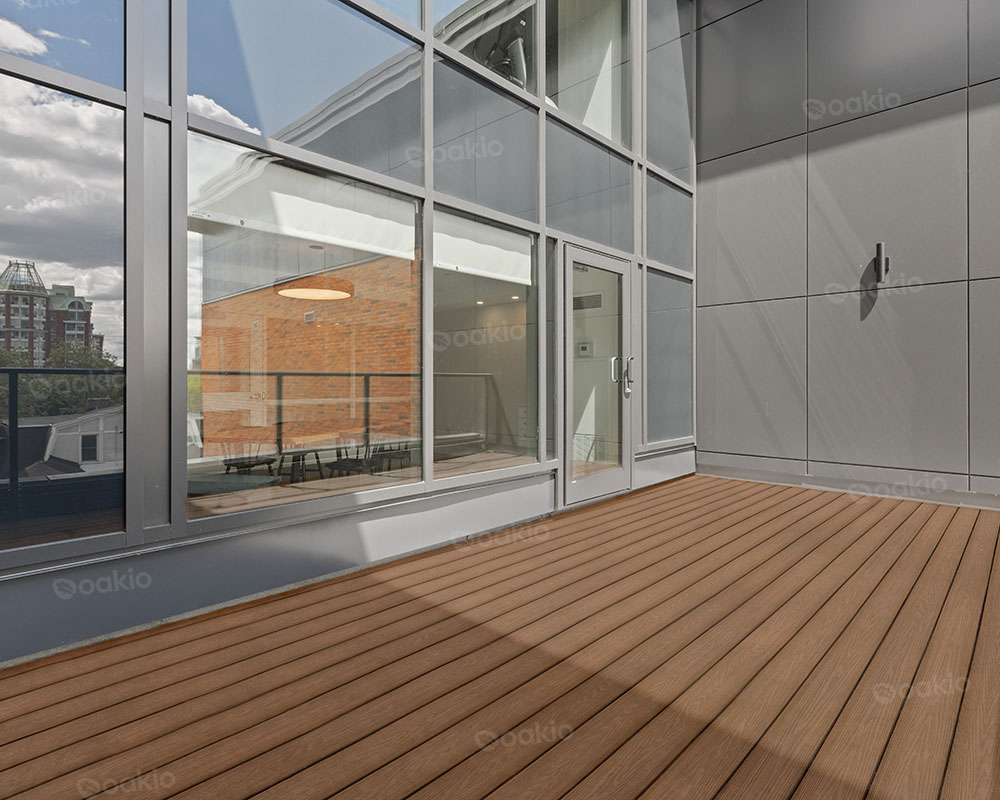
Here’s the kicker: Last year’s home improvement survey showed nearly 60% of homeowners specifically asked about eco-friendly options. That’s why big box stores are suddenly carrying multiple WPC lines. But it’s not just residential – cities are specifying WPC for public boardwalks because it handles foot traffic like a champ while meeting sustainability goals.
The real game-changer? Government incentives. Many states now offer rebates for using recycled material products, making WPC suddenly price-competitive. I recently priced out a patio project where WPC came in cheaper than traditional hardwood after tax credits. Talk about a no-brainer!

Want proof it’s working? Check out coastal towns replacing weathered wooden piers with WPC decking that actually improves with age. One marina owner told me his maintenance costs dropped by half since switching. Now that’s what I call a material that walks the eco-talk!
You know what’s really exciting? This isn’t just another ‘green’ product that sacrifices performance. The latest WPC formulas handle temperature swings better than traditional materials – perfect for sun-baked patios or chilly mountain cabins. Next time you’re at a hotel poolside, look down. Chances are you’re standing on the future of sustainable surfaces.
Let’s talk about where WPC flooring is headed – and trust me, it’s more exciting than you might think! Having worked with various flooring materials over the years, I’ve seen firsthand how wood-plastic composite is becoming the MVP of sustainable construction. But here’s the thing: its true potential lies in three magic ingredients – innovation, eco-consciousness, and personalization.
Picture this: flooring that adapts like a chameleon to different spaces while keeping your energy bills in check. Modern WPC solutions now blend recycled plastics with natural fibers in ways that would make Mother Nature proud. I recently installed some thermal-efficient WPC decking for a client, and they reported nearly 40% less energy usage compared to traditional materials – now that’s what I call smart flooring!
 The design revolution in this space is wild. Remember when all composite flooring looked like fake wood? Those days are gone. Manufacturers are now creating surfaces that mimic everything from weathered teak to abstract art patterns. A friend in the industry showed me some samples using multi-layer extrusion techniques – we’re talking textures you can actually feel, not just see!
The design revolution in this space is wild. Remember when all composite flooring looked like fake wood? Those days are gone. Manufacturers are now creating surfaces that mimic everything from weathered teak to abstract art patterns. A friend in the industry showed me some samples using multi-layer extrusion techniques – we’re talking textures you can actually feel, not just see!
Here’s a pro tip I’ve learned: always check the recycled content percentage when choosing WPC. The good stuff uses mixed post-consumer plastics, which not only reduces waste but actually improves durability. And don’t even get me started on installation – the latest click-lock systems make DIY projects a breeze, though I’d still recommend professional installation for large areas.
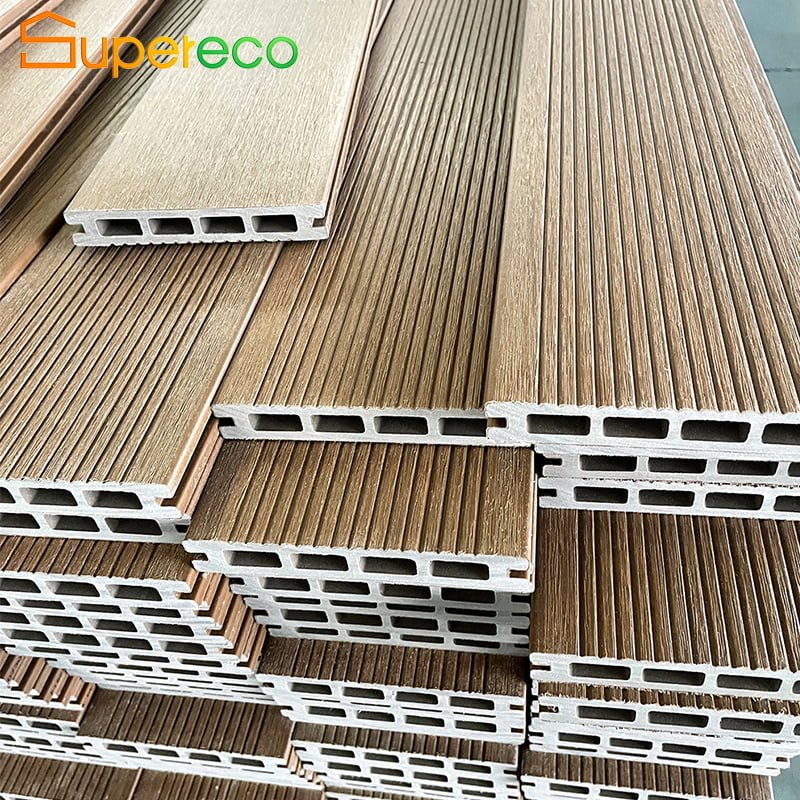 What really blows my mind is how versatile this material has become. From moisture-resistant bathroom planks to UV-protected poolside decking, there’s literally a WPC solution for every corner of your property. The market’s responding too – more homeowners are choosing these composites over traditional wood, and honestly? I can’t blame them. Why settle for generic flooring when you can have something tailored to your space and style?
What really blows my mind is how versatile this material has become. From moisture-resistant bathroom planks to UV-protected poolside decking, there’s literally a WPC solution for every corner of your property. The market’s responding too – more homeowners are choosing these composites over traditional wood, and honestly? I can’t blame them. Why settle for generic flooring when you can have something tailored to your space and style?
So where’s this all heading? In my experience, the next big leap will be smart integration. Imagine flooring with built-in sensors or temperature regulation – some manufacturers are already experimenting with these concepts. The future of WPC isn’t just about being green; it’s about creating living surfaces that actively improve our spaces. Now if that doesn’t get you excited about flooring, I don’t know what will!
